Graham Reid | | 3 min read
Land o the Leal, by Grey Dogs w Kathryn Joseph
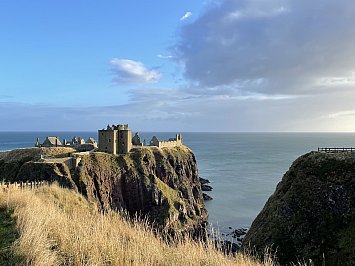
The imposing Dunnottar Castle, about half an hour south of Aberdeen, is one of those picturesque ruins Scotland is famous for.
On a precipitous rocky outcrop with the cold North Sea below the sheer walls and cliffs, and linked to the mainland by a narrow bridge of land, Dunnottar would have been easy to defend in medieval times.
What we see on this day – with a brisk cold wind racing between the impressive ruins and restored skeletons of the castle, chapel, keep and other buildings – dates from the 15th and 16th centuries, but there had been a fortress here hundreds of years before that.
Invaders from the Scandinavian region – known now in popular culture as Vikings – raided whatever buildings were here more than a millennium ago and killed the King of Alba, Donald II.
 It is said the early king Aethelstan – acknowledged as the first king of England – came up this far some decades later and that the Scottish patriot William Wallace took it back from the English in 1297.
It is said the early king Aethelstan – acknowledged as the first king of England – came up this far some decades later and that the Scottish patriot William Wallace took it back from the English in 1297.
Dunnottar looms large in Scottish history and myth: the teenage Mary Queen of Scots stayed here; the Scottish crown jewels were hidden here from Oliver Cromwell's army in the 1650s; and Covenanters were imprisoned in the castle.
“Like the SNP,” says one of the groundsmen of the Covenanters, referring to the Scottish National Party. And then, without prompting says if the vote for independence were held today – a decade ago 55 percent voted against it – then “100 percent of Scots would be for it. And Brexit, the same. We'd all voted against it.”
Bit of an exaggeration maybe: in the 2014 referendum 62 percent voted to stay part of the European Union.
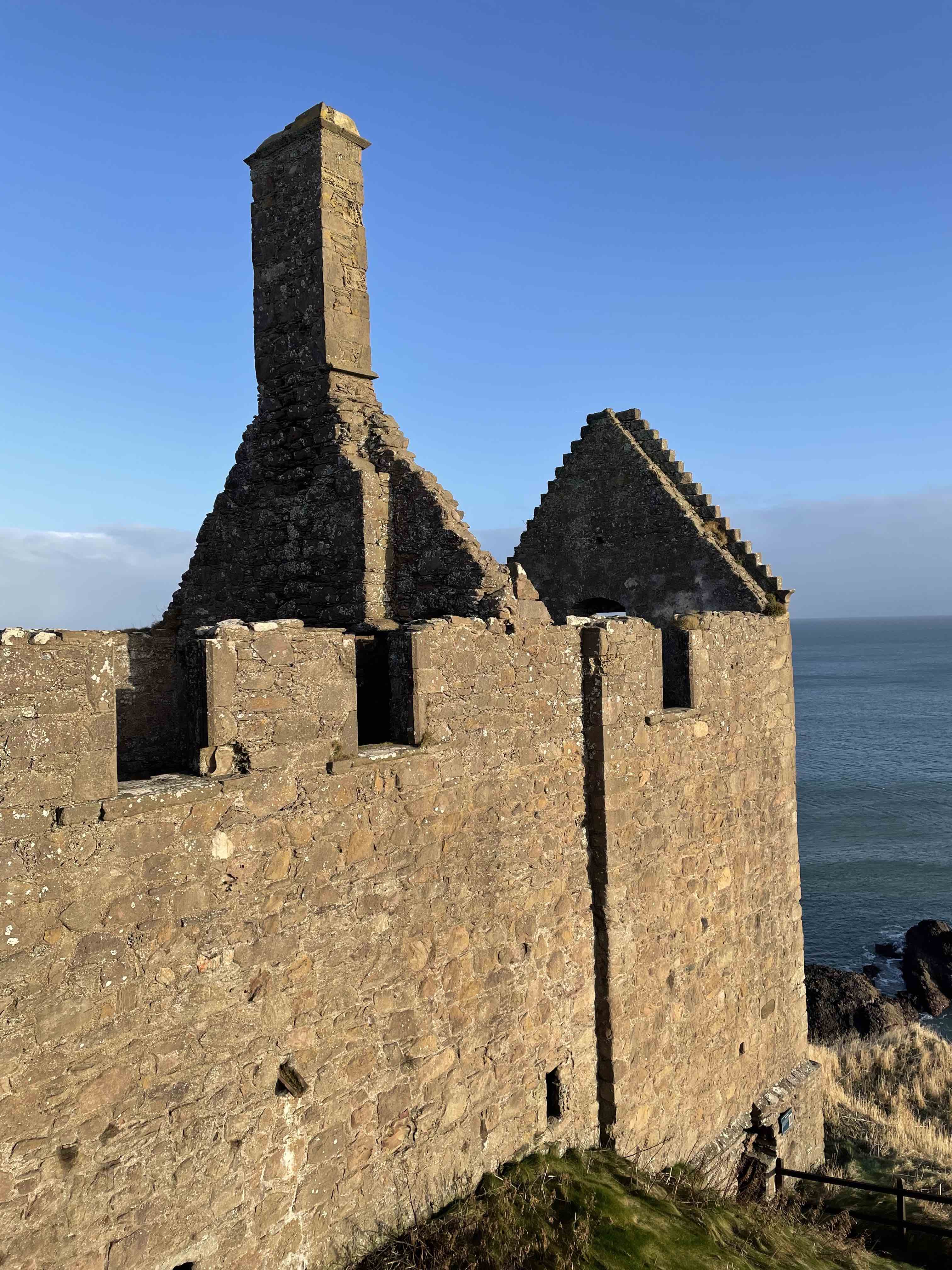 When John Graham of Claverhouse (known as Bluidy Clavers or Bonnie Dundee) lead his short-lived Jacobite rebellion in 1689 – he was killed in the Battle of Killiecrankie as his troops defeated an English army twice their number – some sympathisers from Aberdeen were transported here and imprisoned.
When John Graham of Claverhouse (known as Bluidy Clavers or Bonnie Dundee) lead his short-lived Jacobite rebellion in 1689 – he was killed in the Battle of Killiecrankie as his troops defeated an English army twice their number – some sympathisers from Aberdeen were transported here and imprisoned.
In the to and fro of occupancy, invasion, siege and defeats, one incident stands out for the sheer horror of its cruelty.
In 1297 as English troops fled after their defeat at Stirling Bridge it is said they holed up at Dunnottar and sought sanctuary.
William Wallace pursued them – about 4000 men – and set fire to the chapel in which many had taken refuge.
Others were driven over the edge of the battlements and cliffs to be killed on the rocks below.
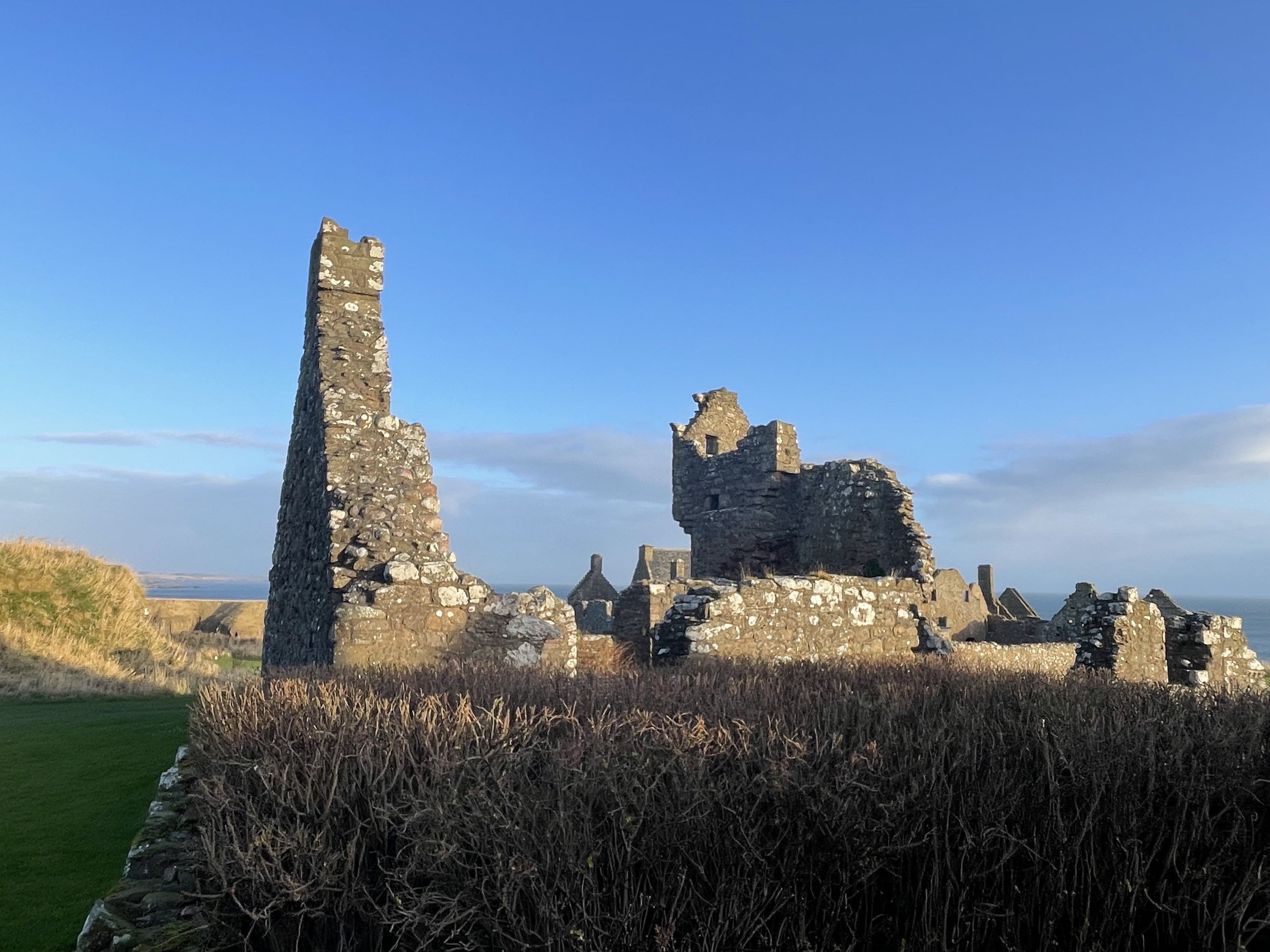 That story was told 200 years later but it is believed that at least the broad outline of Wallace's ruthlessness is true.
That story was told 200 years later but it is believed that at least the broad outline of Wallace's ruthlessness is true.
A more recent story of the chapel emerges: when Mel Gibson was filming his version of Hamlet in 1990 some sequences took place here and it's said that when Gibson learned of what Wallace did, he was inspired to make Braveheart, his Oscar-winning portrayal of the life of this early Scottish hero.
It was a brutal and bloody film, as befitted the time of its setting.
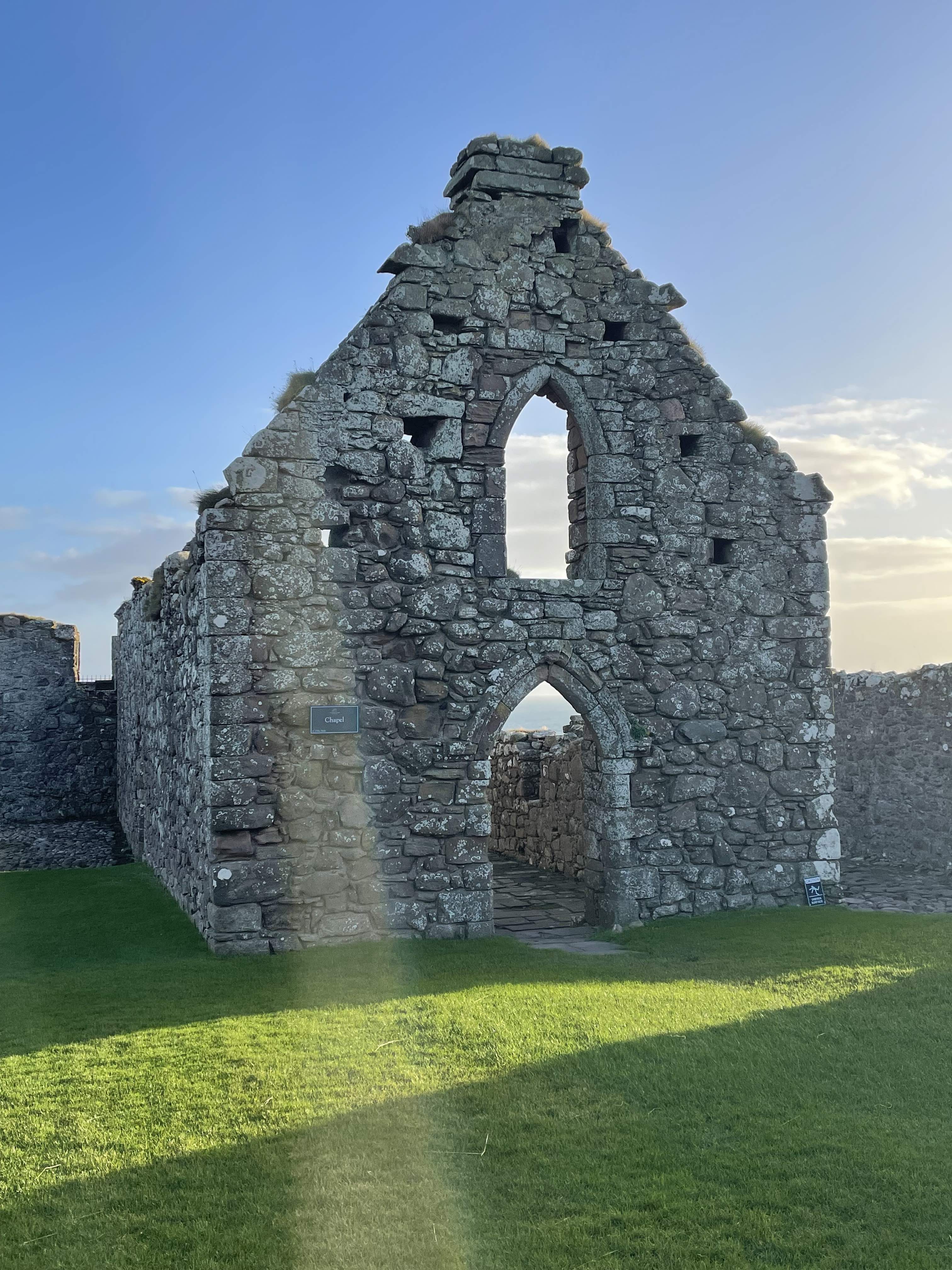 In a more pleasant thought, the castle was the subject of a Landscape Artist of the Year in 2024, a fitting subject given its location and romantic aspect.
In a more pleasant thought, the castle was the subject of a Landscape Artist of the Year in 2024, a fitting subject given its location and romantic aspect.
Dunnottar is a place of rare and remote beauty and, maybe because that was the weather we had, best seen on a chilly and windy day under an almost cloudless winter sky.
As the sun sank around 3pm the long shadows added another layer of mystery to the stories hidden in the ancient stones.
The temperature in the rooms inside dropped and the wind came through the windows and cracks.
You could, at a stretch of the imagination, imagine what it must have been like when it was occupied, when there were tapestries on the wall, maybe even carpet down and fires warming the rooms.
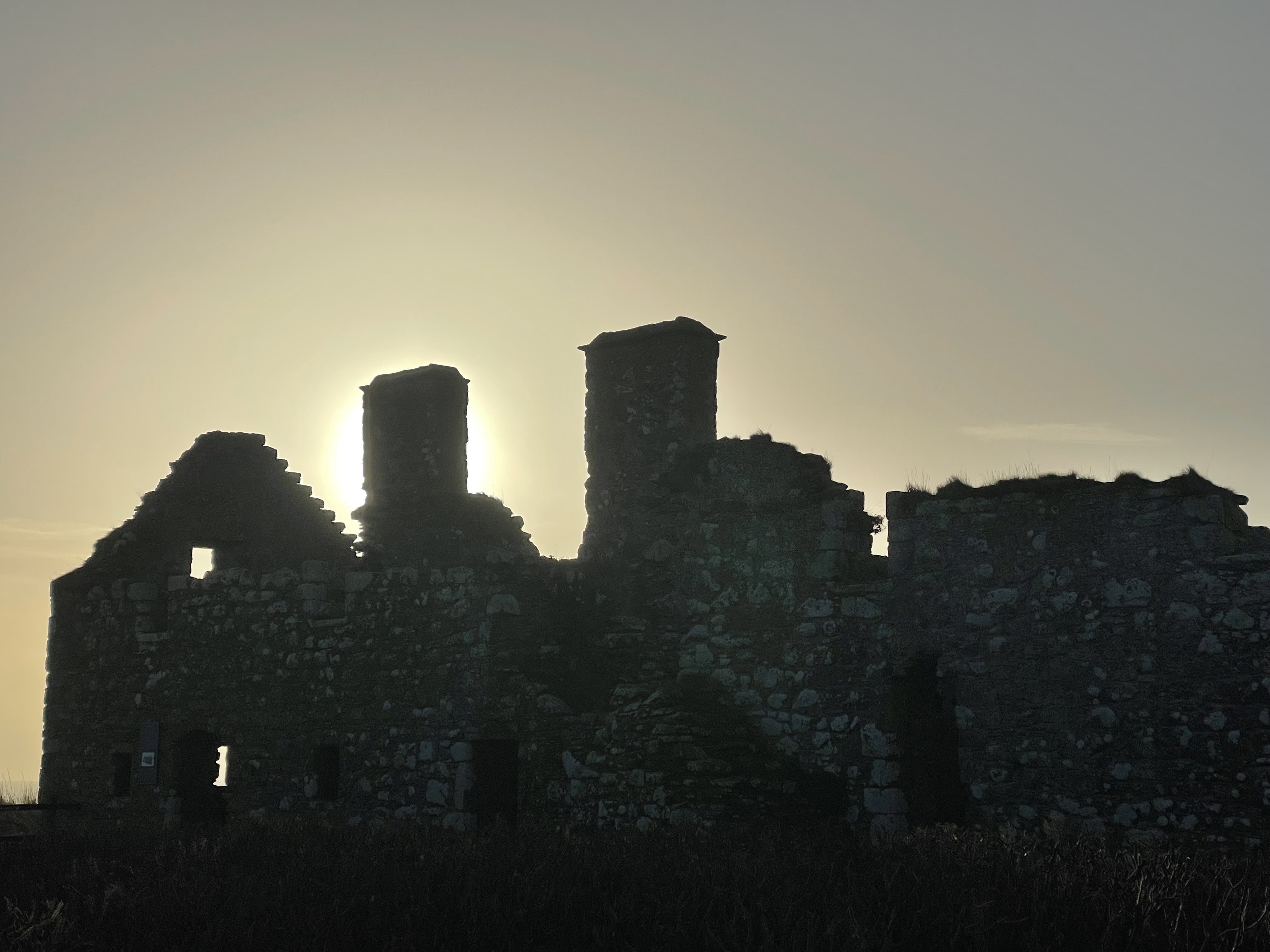 You would have felt very secure as the wind howled widdershins.
You would have felt very secure as the wind howled widdershins.
You could also perhaps conjure up the scene at that small chapel when William Wallace's men set it ablaze with all those English soldiers inside.
History can take on strange shapes in the mind.
.
For more information on Dunnottar Castle visit the official website www.dunnottarcastle.co.uk


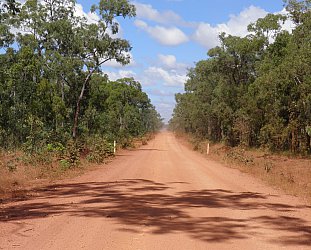
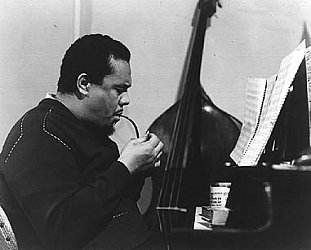

post a comment